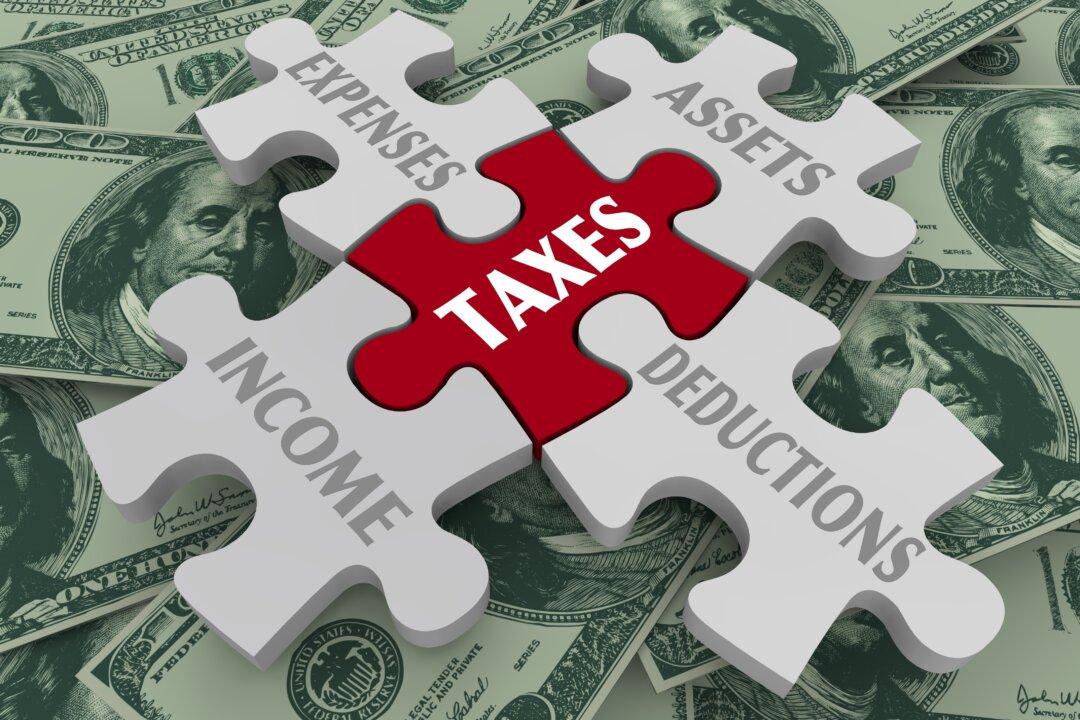We present four key categories that may impact many of you, along with the decisions you must make in the years ahead. A lot will certainly change as our new federal government takes control in January, but we won’t delve deeply into these until we see more specifics and the real and hard proposals. Today, we will focus only on the following four personal finance trends that bear watching.
1) Inflation
The Consumer Price Index (CPI) covers a wide range of consumer goods and services, and some of the prices have swung more than others. Shelter costs (rents and owners’ equivalent rent of residences), for example, are up 4.9 percent. Transportation services are much higher, at 8.5 percent. The good news is that gasoline prices have dropped by 15.3 percent, and used vehicle prices are 5.1 percent less compared to last year.The CPI rose by 2.4 percent for the month of September, which was the smallest change going all the way back to February 2021. The core CPI, which excludes volatile food and energy costs, remains, however, stubbornly high at 3.3 percent. The downward trend is improving as we close in on the Federal Reserve’s inflation target of 2 percent.






